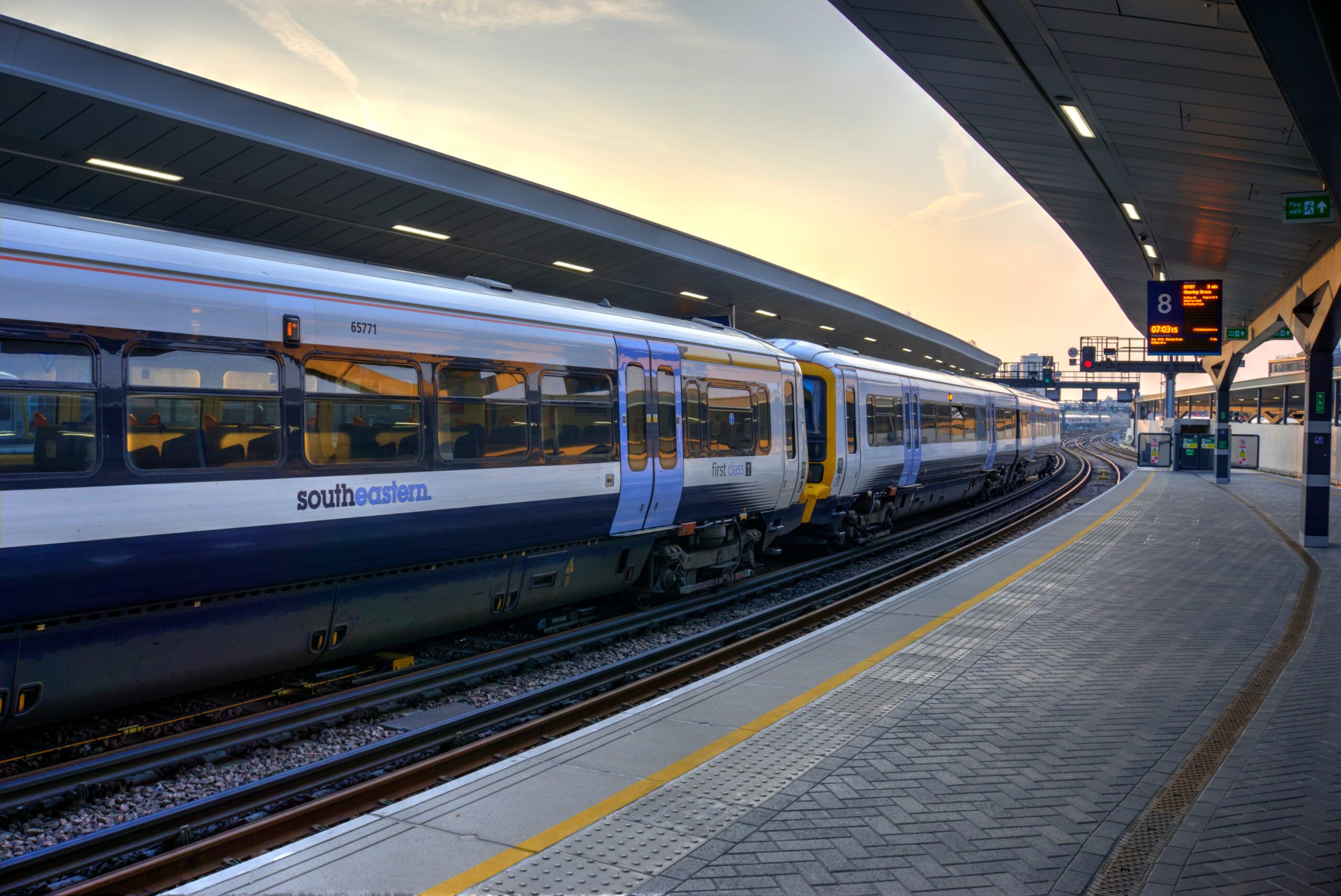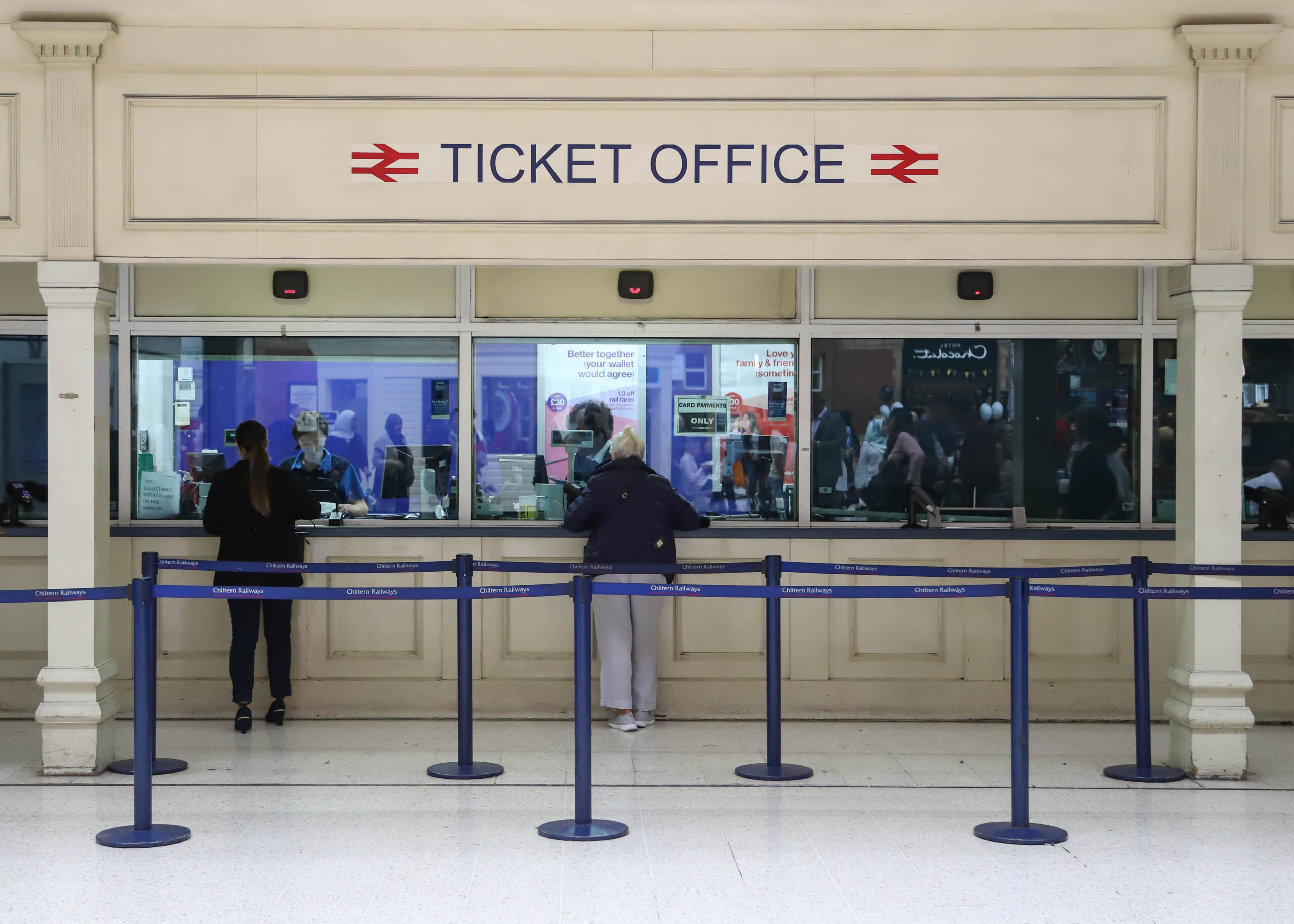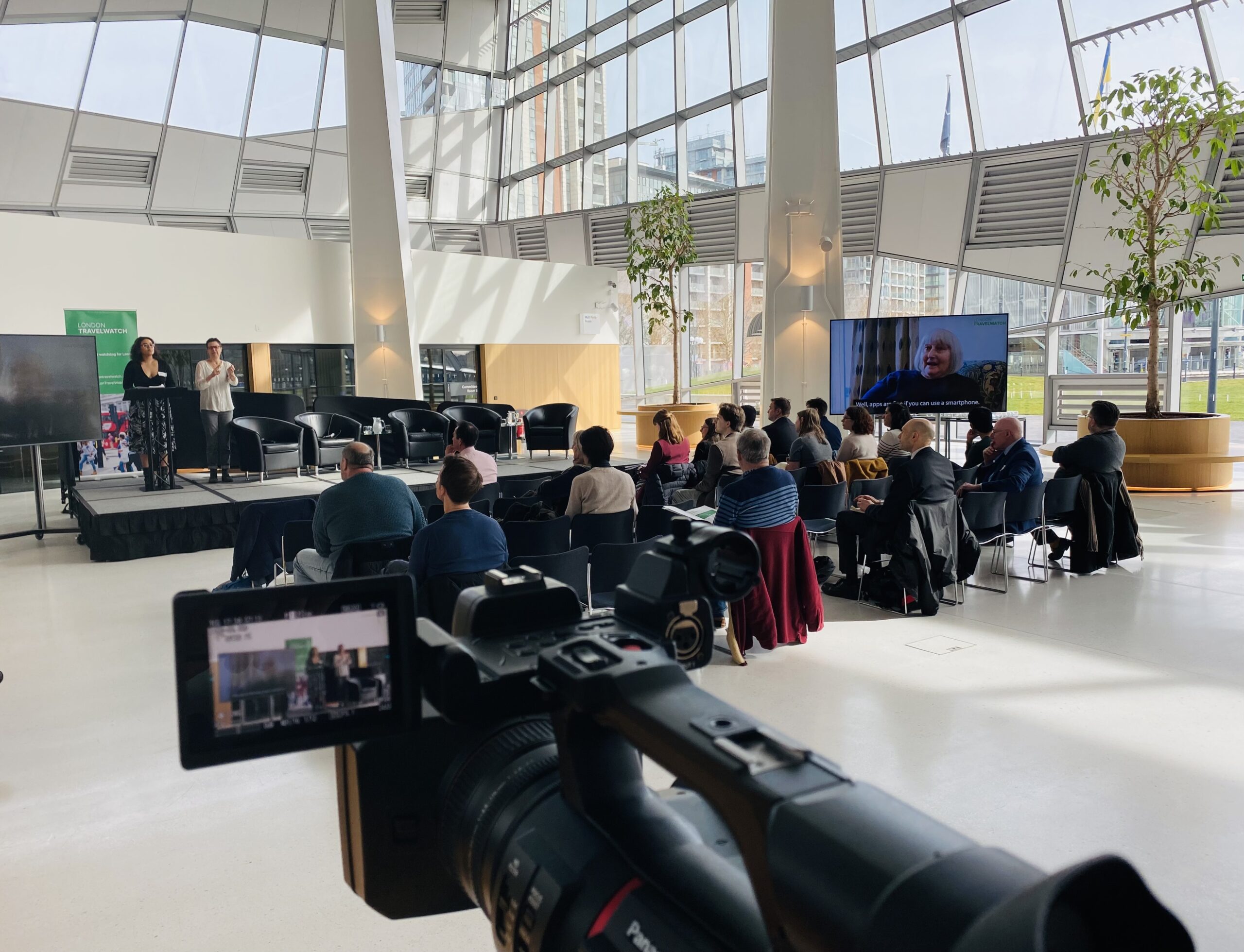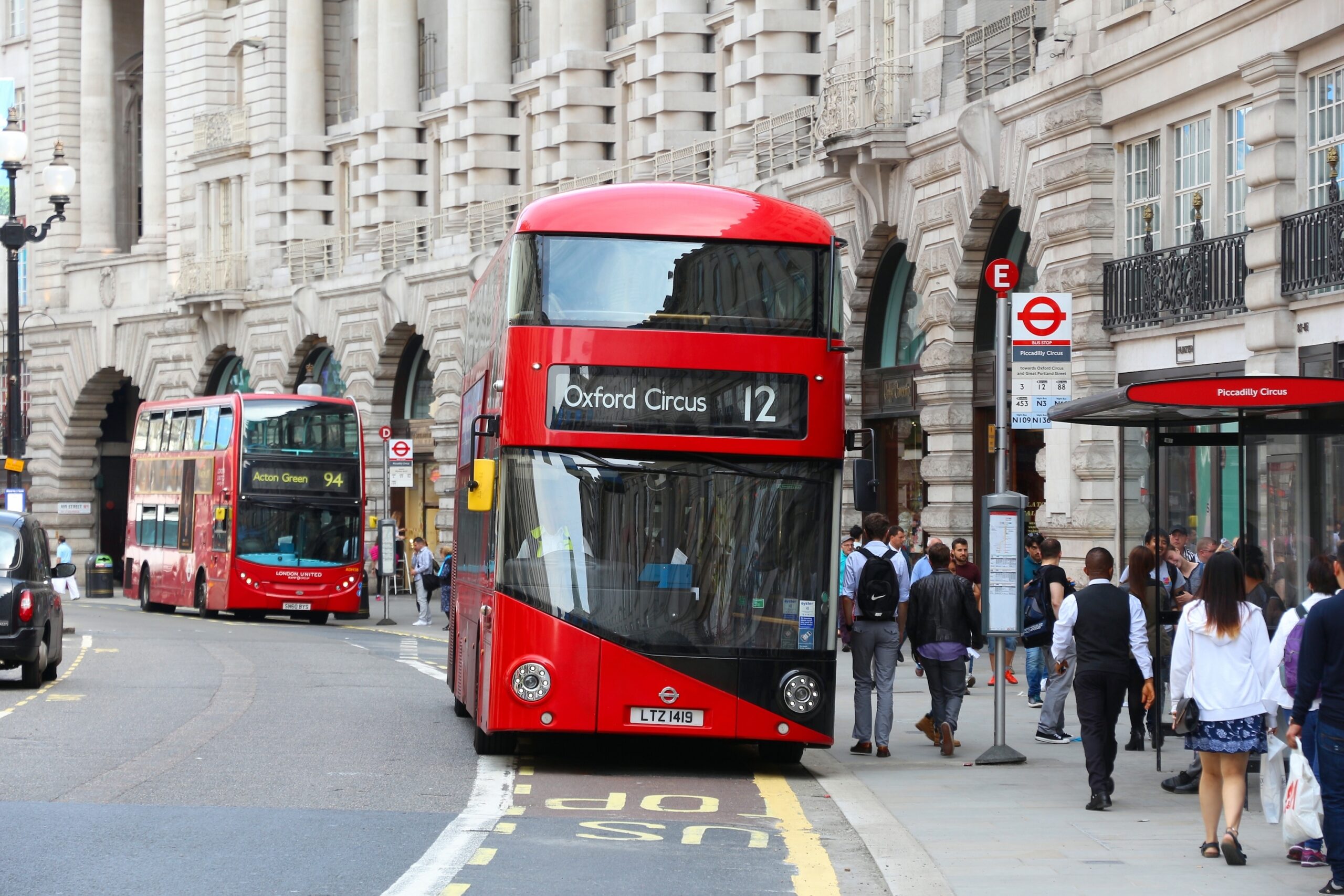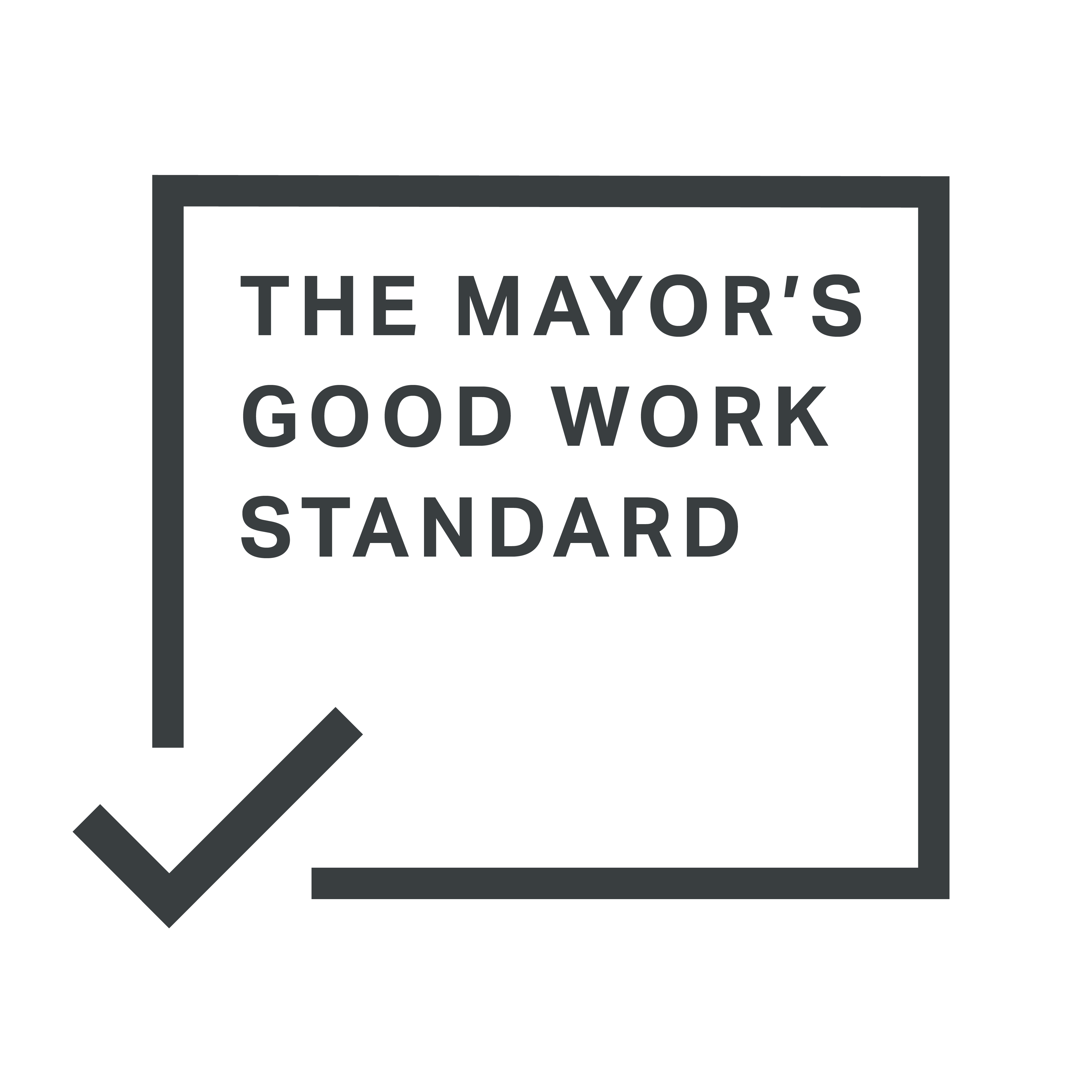24 February 2023
The new Southeastern timetable has had a rocky start. The company is listening to concerns and addressing shortcomings, but needs to work hard to win over passengers.
Last week, we met the team at Southeastern who, together with Network Rail, run services on one of the busiest parts of the rail network between London, Kent & parts of East Sussex. Our focus was on early experience of their new timetable, introduced in December.
I decided to write about this topic in my first blog as LondonTravelWatch CEO, not just because of specific concerns raised about the timetable, but also because of what it suggests more generally for those of us who wish to see a railway which puts passengers first.
Southeastern’s new timetable in context
Southeastern has been clear in setting out what the timetable changes are trying to achieve: to save money, provide more space on trains where needed, and give better reliability and punctuality to passengers. The key innovation is to simplify train services – by untangling the criss-cross pattern of train movements in the Lewisham area which previously has caused bottlenecks and subsequent delays for passengers travelling to and from termini, such as Charing Cross or Cannon Street.
Under the new timetable, train services on some lines would be diverted to one terminus and no longer offer a choice of two. For many people, this would mean having to interrupt their usual journey by changing at London Bridge station for onward travel to their destination. Our thoughts on this have been widely documented. We said at the outset that adding extra time and inconvenience to people’s journeys, most notably for disabled passengers, was bad news.
A dreadful start
It is not surprising that a wave of concern among those affected by the changes built up ahead of the new timetable being introduced. This was followed by a poor initial service, contrasting with Southeastern’s optimistic communications campaign and repeated promise of more trains on time. Coupled with the separate impact of disruptive national rail strikes and a cold snap that brought many services to a halt, it was a dreadful start for passengers.
The events that took place in the evening rush hour of Wednesday 25 January at London Bridge cemented the negative perception of the new timetable. Service disruption due to a trespasser on the line meant severe delays and widespread cancellations for many passengers. Headlines were made as severe overcrowding at London Bridge was poorly handled.
The more recent picture
In recent weeks, a more nuanced picture is starting to emerge. Levels of service cancellations are low, while punctuality at the weekends and off-peak are better than under the previous timetable. But punctuality in the peak is actually worse than before; there is over-crowding on some trains due to an unanticipated rise in demand; and too many track and signalling failures continue to undermine performance.
Southeastern and Network Rail both recognise that peak time train service punctuality is currently just not good enough. They’ve formed a joint Task force to sort out the infrastructure issues. A number of train service changes have also been announced to address issues such as over-crowding. And a joint review of how crowd control is managed at London Bridge is looking at how to do things better at times of disruption.
How far all this goes towards addressing passenger concerns remains to be seen. The changes to train services mentioned are very modest in scale: they relate to some 15 services out of a total daily operation of nearly 1700 services – though, in fairness, a major change, so soon after the start of the new timetable, would have been too much to expect.
The need to “think passenger”
The key, ultimately, will be how far Southeastern and Network Rail, with the Department of Transport standing behind them, really now “think passenger”. I do not doubt the intent and commitment to do the right thing: the issue is how far that happens in practice and, given recent experience, it feels like the jury is still out on this.
First, there was no prior passenger consultation of the sort you would expect for the scale of change envisaged in the new timetable. We wrote to the Rail Minister setting out our concerns over the process and got one of the more bureaucratic brush-offs I’ve seen in long time. We hear privately that there may be some glimmer of recognition that they got this wrong and that consultations are back on the table. We certainly hope so.
Second, passengers understand that sometimes things don’t go to plan, say, when a train breaks down or there is extreme weather. But I for one would hope that when services are being planned, these things are properly factored in to ensure a strong likelihood that the timetable on offer is the timetable that is run. To hear that some of the track and signalling has not performed as expected especially after several investments in recent years in the Lewisham area really does not cut much ice with passengers: “must do better” is the thought that comes to mind.
Third, the new timetable replaces the old pattern of train movements in Lewisham, with more people movements at London Bridge. That places a new emphasis on softer, non-engineering, skills such as passenger psychology, crowd control and quality of real-time information – all of which, as regular passengers will know, continue to be a challenge to the railways on a day-to-day basis.
And one final thought. We know that the new timetable will save taxpayers £10 million a year in operating costs. We also know that it creates (some) winners and losers among rail users. But quite remarkably – for I have asked – no-one seems to have calculated the overall net value of the changes to passengers. We imagine that it is net positive, but we neither know that for certain, nor do we know how large that sum is. That hardly feels like the best way to win the minds, if not the hearts, of concerned passengers.
We need evidence of real improvement in the coming weeks and months. In the meantime, our job as always will be to help transport operators get as full and as informed a passenger perspective as we can muster. That’s why we’re putting the finishing touches to a survey of Southeastern passengers to get their views on the operation of the new timetable. We plan to publish the results in March.

